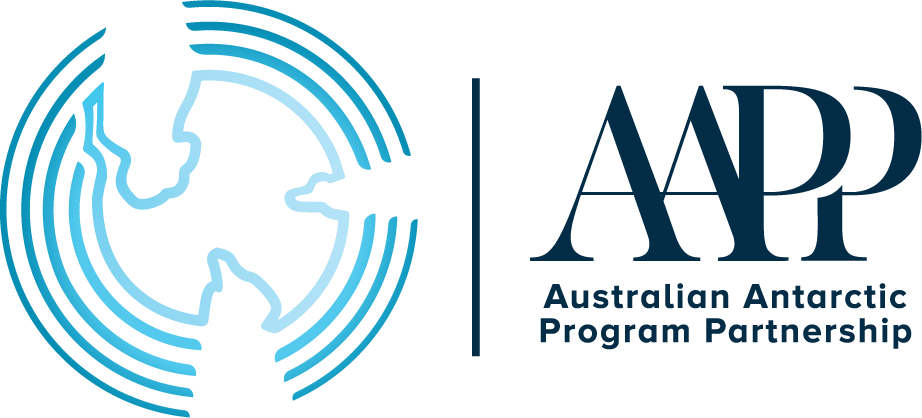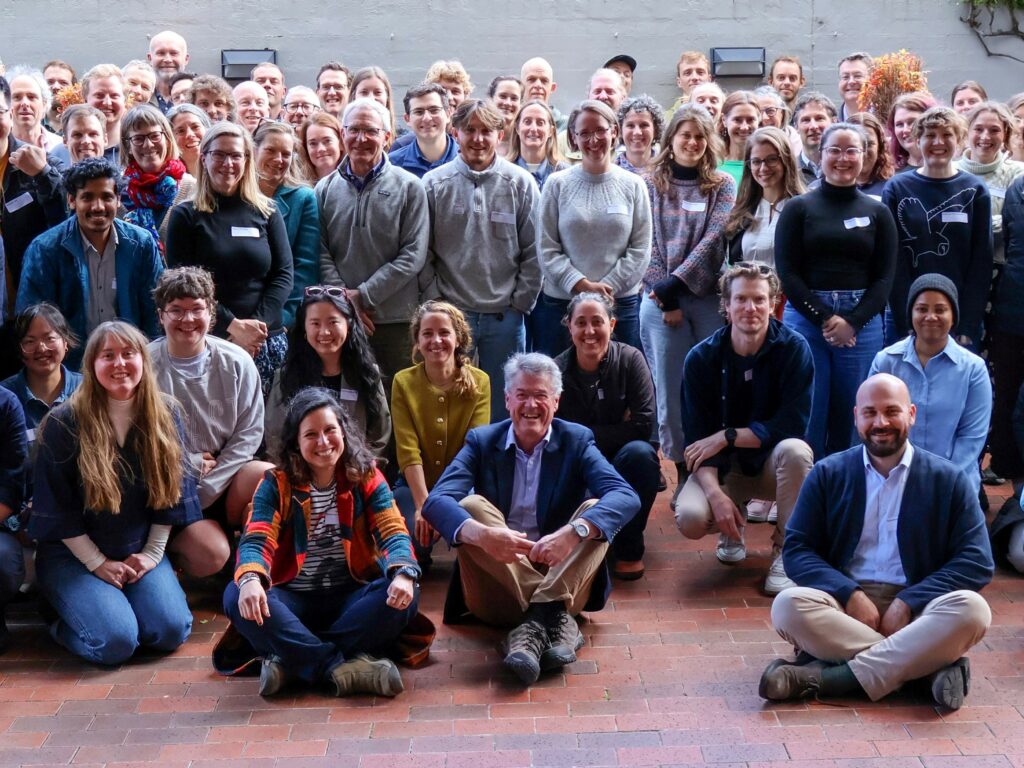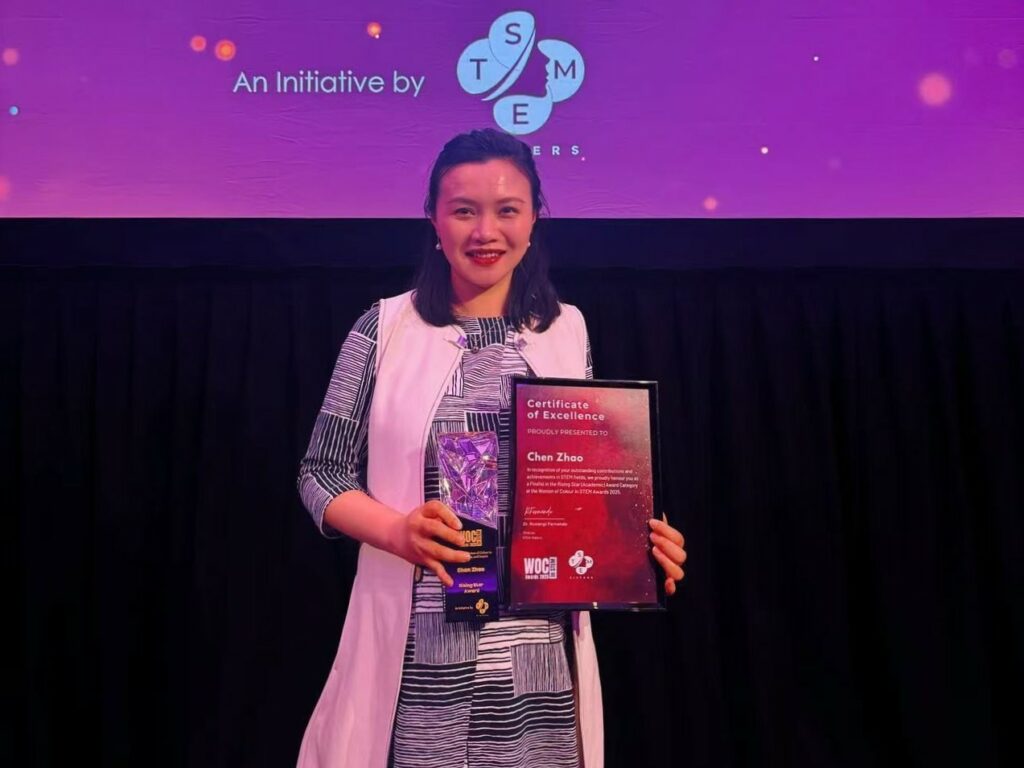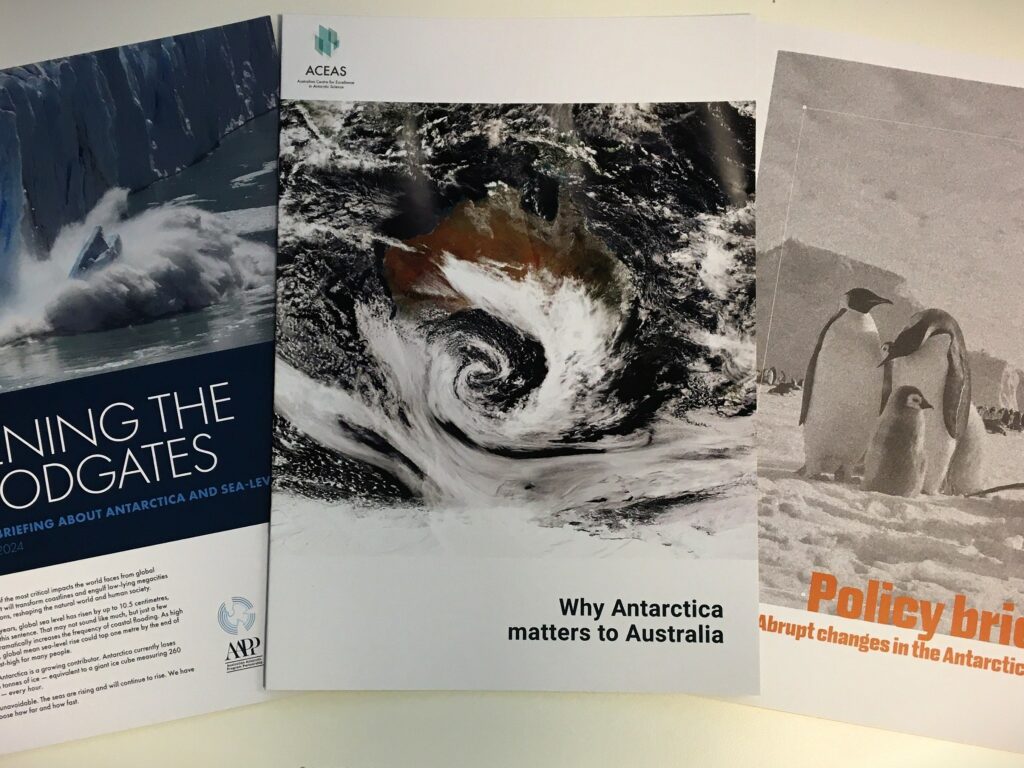KOMBIs away!

As we steamed south along the second leg of our transect (Transect 2) we encountered the ice edge as expected. After assessing the situation we shifted the transect by 15 minutes of longitude to the East where we had identified a passage for steaming further south. We successfully crossed the Antarctic Circle without fouling the prop, reaching as far as 66-33.0S on this transect and conducted the 19th CTD for the voyage.
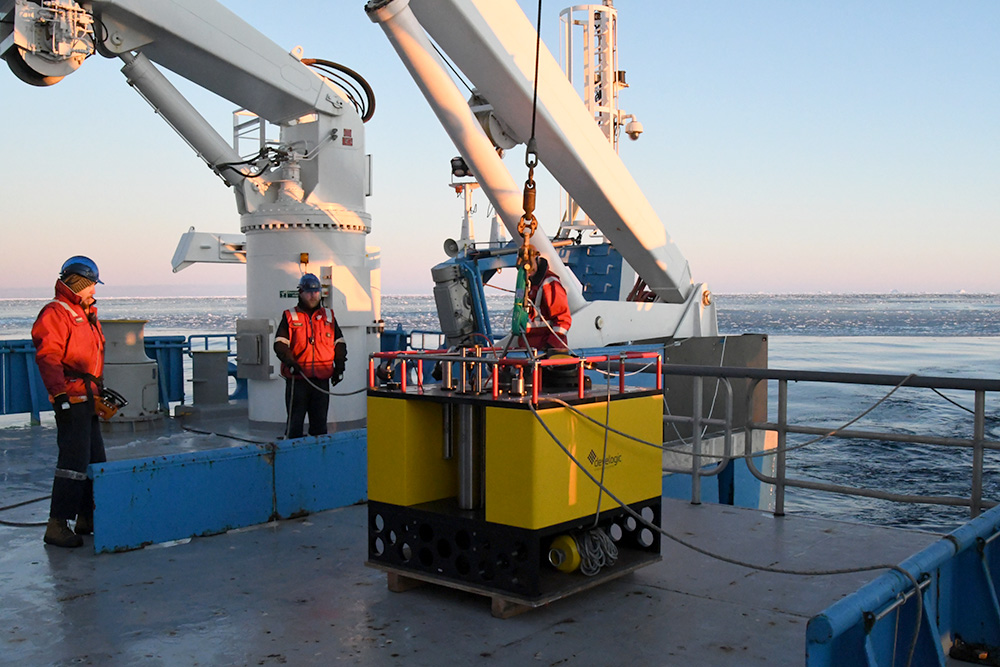
As we started transiting towards the ‘krill box’ we encountered a large thick swarm of krill and quickly called for a target trawl. This resulted in a huge catch with an estimated 40,000 krill (40 kg), in excellent condition for live experiments and measurements. Needless to say, with food around, there was a lot of predator activity, with many birds and predator sightings. All on board were working tirelessly to process the catch, sample the water, and record the predator observations.
We have been assessing the ice conditions across the survey area at the three sites where we planned to deploy the three KOMBIs (Krill Observational Moorings for Benthic Investigations). It became increasingly apparent that all three sites are highly likely to be covered by ice. The only ice-free regions that were likely to suit KOMBI deployment were either during the transit path from Transect 2 to the krill box or at bottom of Transect 4 at the mouth of Prydz bay. Therefore we decided to deploy two of the three KOMBIs during transit as we headed east towards the krill box. We used the bathymetry multi-beam to continuously map the sea bottom to search for the ideal depths that we were aiming for (800 and 1500m). We found suitable locations at the south west corner of the krill box.

Operations at each KOMBI station started with a detailed re-mapping of the bathymetry of the site using bathy-multi-beam to pinpoint a preferred location. This was followed by a CTD cast with the deep-sea camera system to observe the benthic habitat environment. Once the CTD camera system was retrieved we return to the location where the benthic habitat was filmed, and deployed the KOMBI by hanging it less than 50 cm above the sea surface over the stern using the A-frame, and then it was released. The KOMBI sank to the bottom of the ocean at a speed of one metre per second. We measured our range to the KOMBI as it sank and once we had confirmed it had reached the bottom, we then triangulated the exact the position where the KOMBI had landed in order to make the recovery of the KOMBI easier in a year’s time when we visit the site again.
The entire journey from the conception of the KOMBI System through design, manufacture, testing and development, to this successful deployment during a year of global pandemic was like working on a jigsaw puzzle. For decades scientists have wondered how the Antarctic krill population is distributed under the shield of Antarctic winter sea ice and the development of the KOMBI provides an opportunity to gain valuable clues at a time when humans cannot readily access this area. The KOMBIs bring together world class instrumentation from a variety of international suppliers, into a single deployment platform. The technologies on board represent the current pinnacle of centuries of human endeavour to understand the ocean and the ecosystems it supports. The recovery of the KOMBIs in perhaps just a year’s time will be eagerly awaited by the scientists and the team of engineers and technicians that developed it.
The KOMBI deployment finished at around 23:00, and krill box acoustic survey then started immediately afterwards. We are currently completing the fourth of the eight transects in the krill box. This is an uninterrupted acoustic survey for a day and a half, mapping the distribution of krill swarms within the krill box. This will then be followed by a series of target trawls and swarm studies within the krill box, tracking the movements of krill swarms using a multi-beam echosounder and sonar system. We are also planning to study the collective behaviour of krill at the level of the individual using the swarm study camera and echosounder system.
Our excitement continues!
Read more about the KOMBIs at https://www.antarctica.gov.au/news/explore-antarctica/krill/
Follow the ship’s track at: https://www.marine.csiro.au/data/underway/
